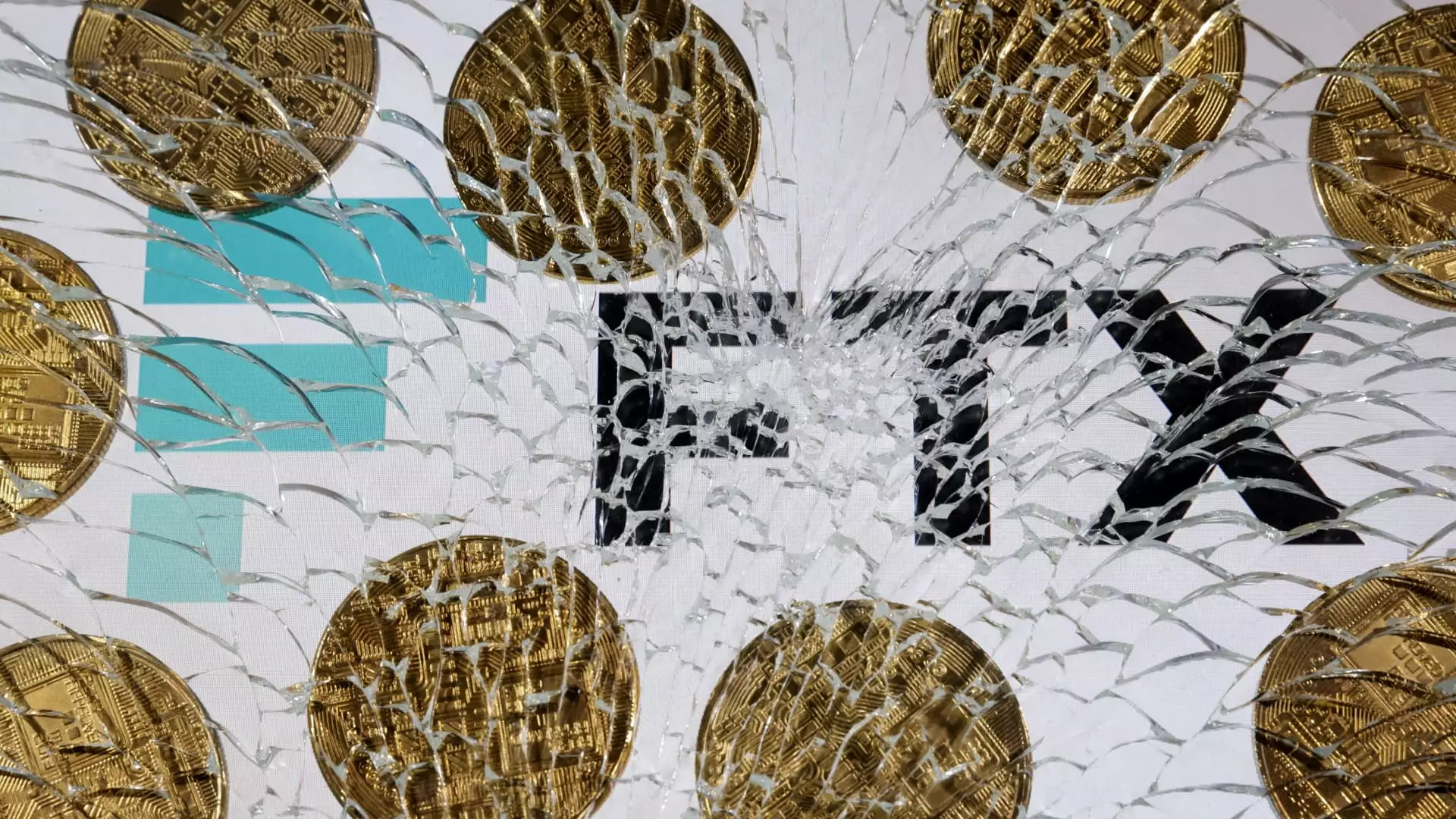The tumultuous saga of FTX, once a shining star in the cryptocurrency realm, took a dramatic turn nearly two years ago when it declared bankruptcy, sending shockwaves through the financial landscape. Recently, a judge in Delaware sanctioned a comprehensive reorganization plan that promises to restore over $14 billion to the affected customers of the now-defunct exchange. The announcement is pivotal as it represents a significant effort to rectify the damage caused by the collapse, indicating a move toward accountability and rebirth for the brand tarnished by infamous mismanagement.
At the helm of this reorganization effort is John Ray, a veteran CEO known for managing other complex bankruptcy cases, such as Enron. His declaration about the good faith efforts to reimburse 100% of bankruptcy claims — plus interest for non-governmental creditors — sparks cautious optimism among FTX customers. This commitment towards the largest bankruptcy asset distribution in history is not just a financial maneuver; it embodies a larger narrative of rebuilding trust in the wake of financial chaos. Ray’s leadership transitions the conversation from mere recovery to a discourse on responsible corporate governance.
The approved plan delineates an ambitious endeavor where 98% of FTX’s creditors are lined up to receive 119% of their legitimate claims as they stood in November 2022. This rearrangement will not just alleviate some financial burdens but could potentially offer creditors a rare instance of reclaiming more than their initial investments. The substantial rise in Bitcoin’s value by approximately 260% since the exchange’s downfall may contribute to this favorable situation, allowing the estate to leverage its assets, which are estimated between $14.7 billion and $16.5 billion for distribution.
To fund the payouts, FTX undertook a meticulous liquidation strategy, selling off various assets including a considerable portion of its holdings in high-profile investments like the AI startup Anthropic. The $900 million generated from the sale of its stakes highlights not only the potential of FTX’s initial investments but also the significance of strategic asset management in times of financial distress. Such proactive measures resonate in financial discourse, showcasing how adept management can facilitate recovery even from the brink of collapse.
As the financial dust begins to settle, reminded are the stakeholders of the grave implications stemming from the actions of Sam Bankman-Fried, FTX’s founder. His conviction on multiple counts concerning theft and fraud, and subsequent sentencing to 25 years in prison underscore the critical importance of ethical management in the financial industry. This case serves as a cautionary tale and reinforces the necessity for transparent practices that prioritize customer welfare over speculative greed.
While the road to recovery is still unfolding, the FTX case illustrates how a structured reorganization and responsible asset management can pave the way to wellness in the aftermath of financial ruin. The meticulous planning and execution surrounding the current reorganization plan could further serve as a foundation for reforms in regulatory frameworks pertaining to cryptocurrency exchanges. As stakeholders reflect on this journey, the focus shifts from recovery to reinstating confidence in an otherwise tumultuous landscape, reinforcing the need for ongoing vigilance and accountability.

